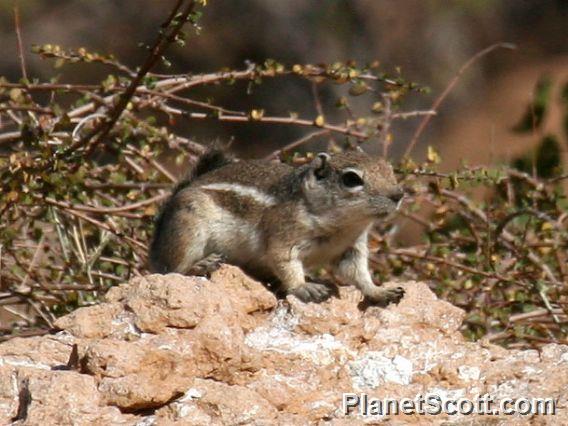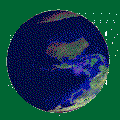White-tailed Antelope Squirrel (Ammospermophilus leucurus)

White-tailed Antelope Squirrel (Ammospermophilus leucurus)
×


White-tailed Antelope Squirrel (Ammospermophilus leucurus)
About White-tailed Antelope Squirrel (Ammospermophilus leucurus)
- Kingdom: Animals
- Phylum: Chordates
- Class: Mammals
- Order: Rodents
- Family: Squirrels
The white-tailed antelope squirrel is a diurnal species of ground squirrel, scientifically classified in the order Rodentia and family Sciuridae, found in arid regions of the southwestern United States and the Baja California Peninsula of northwestern Mexico.
Source: Wikipedia
Lifelists
Visits
-
2008-02-20
Isla Espiritu Santo, Mexico

